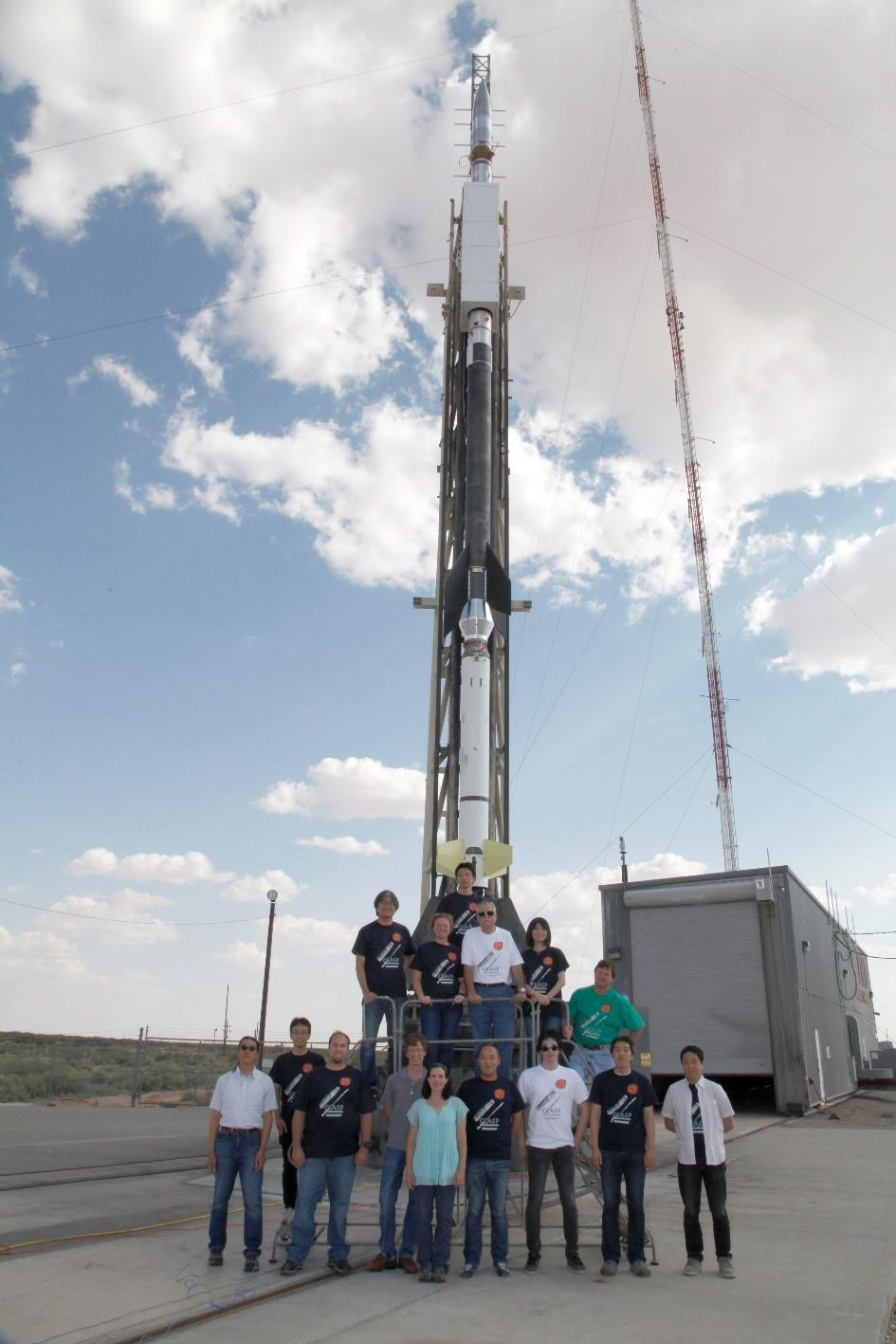We want to See New Aspects of the Sun
What solar researchers are keeping an eye on in particular right now is the chromosphere.
From Hinode's high spatial resolution observations, the chromosphere was found to be dynamic and active. This has led to the idea that these dynamic and active chromospheric phenomena themselves may play important roles in maintaining the chromosphere (around 10,000 K) at a temperature higher than that of the photosphere (around 6,000 K), or in heating the corona up to more than 1,000,000 K. And to get closer to solving these mysteries, it is thought to be important to measure plasma motions and magnetic fields in the chromosphere.
Therefore, in 2013, NASA launched the solar observation satellite IRIS. Through spectroscopic observations of chromospheric lines in ultraviolet wavelengths IRIS can measure the plasma velocity in the depth (line of sight) direction. As described elsewhere, collaborative observations with Hinode and IRIS have produced many successes.
The next thing we want to measure is chromospheric magnetic fields. It is known that the magnetic field is involved in the coronal heating problem. Also, as mentioned elsewhere, research has begun in order to verify the magnetic field structure (trigger field) that triggers flares. In order to detect trigger fields with higher reliability, the information on chromospheric magnetic fields is essential.
Hinode measures precise photospheric magnetic fields, but the strength of magnetic fields in the chromosphere is weaker than in the photosphere, so there are many times that we can't measure chromospheric fields in the same way as those in the photosphere. Therefore, we developed a new observation method, and are considering an instrument measuring chromospheric magnetic fields by this new method, to be mounted on the next solar observation satellite, SOLAR-C. To verify whether this new method is really effective or not, preliminary experiments are necessary before launching it on the satellite. Therefore, on September 3, 2015, we performed the sounding-rocket-borne experiment CLASP. This experiment involved launching CLASP, an ultraviolet observation instrument using the new method, on the rocket and observing the Sun for 5 minutes while CLASP was above an altitude of 150 km. (The details can be found here.) We are currently analyzing the data. Please expect that the results from CLASP will lead to SOLAR-C and solving the mysteries of the Sun!
CLASP:
http://hinode.nao.ac.jp/en/news/topics/clasp-was-successfully-launched/
SOLAR-C project:
http://hinode.nao.ac.jp/SOLAR-C/index_e.html

©NASA
Regarding the use of images and movies on the page concerned, please visit the page here. The credits of images and movies on this page are “NAOJ/JAXA” unless explicitly stated to the contrary. Regarding images and movies on this page the credits of which are “NAOJ/JAXA”, "NAOJ/JAXA/MSU", or “NAOJ, JAXA, NASA/MSFC”, terms of use for Copyrighted Works owned by NAOJ can be applied. In using the images and movies, the credits should be given.

